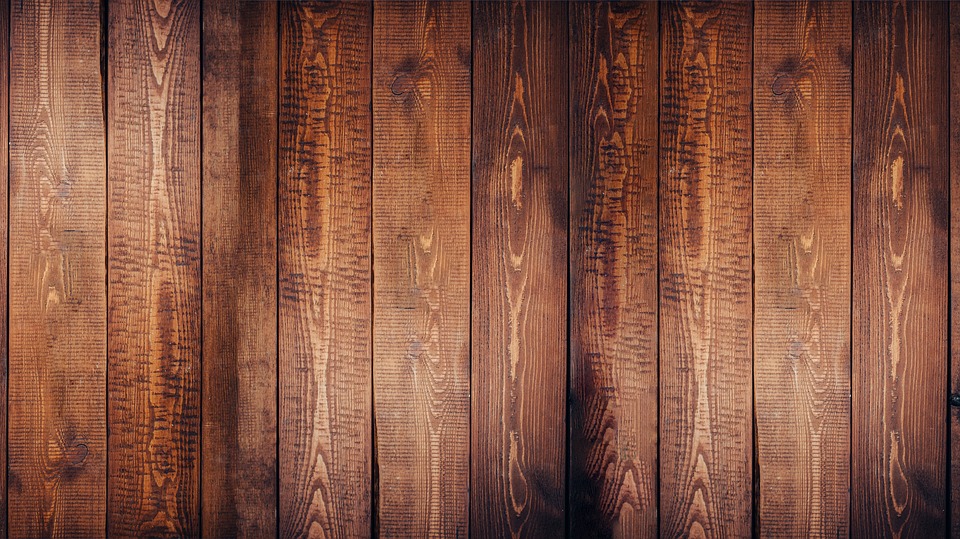Wood is an important part of nearly everything we build in the modern world. The lumber industry classifies wood into two categories; hardwood and softwood. Used primarily in construction, softwood is ideal because it’s easy to saw. Hardwood is ideal for both decorative and utilitarian uses. You’ll see it used in cabinetry, flooring and furniture.
Most Expensive Wood
One of the most expensive types of wood is African Blackwood. This rare wood is native to the driest regions of Africa and is known there as grenadilla or mpingo. It is a perfect wood for musical instruments; particularly transverse flutes, piccolos and clarinets.
Sandalwood is another of the most expensive types of wood. Most people recognize it for its distinctive smell. It’s yellow, fine-grained and heavy. Overharvesting has caused a shortage of sandalwood, driving prices up.
Agarwood is another type of rare and threatened wood that retains its scent for years after harvest. This dark wood forms at the center of aquilaria trees as a result of mold infection. It’s classified as one of the most expensive raw materials worldwide.
The fine-textured and dense Ebony wood, also called Black Timber, is the material used in harpsichord keys, the fingerboards of a cello, and guitar picks. Its strength, deep color and smooth texture make it a highly sought-after material for musical instruments.
Least Expensive Wood
Their designation as “soft” woods don’t have much to do with their density. These woods are from evergreen trees and their closed grain and fast-growing tendencies make them an ideal construction material. When you go to a home improvement store, the lumber, plywood and even particle board are made from various soft woods.
High-quality pine with small knots that won’t fall out is typically classified as 1 Common. General woodworking projects, shelving and some types of paneling may be pine. 2 Common is nearly interchangeable with 1 Common, but may have larger knots.
For fences, crates and shipping boxes, 3 Common is the least expensive wood. The knots in this type of wood may be large and there may be visible defects present.
Last modified: April 6, 2018



